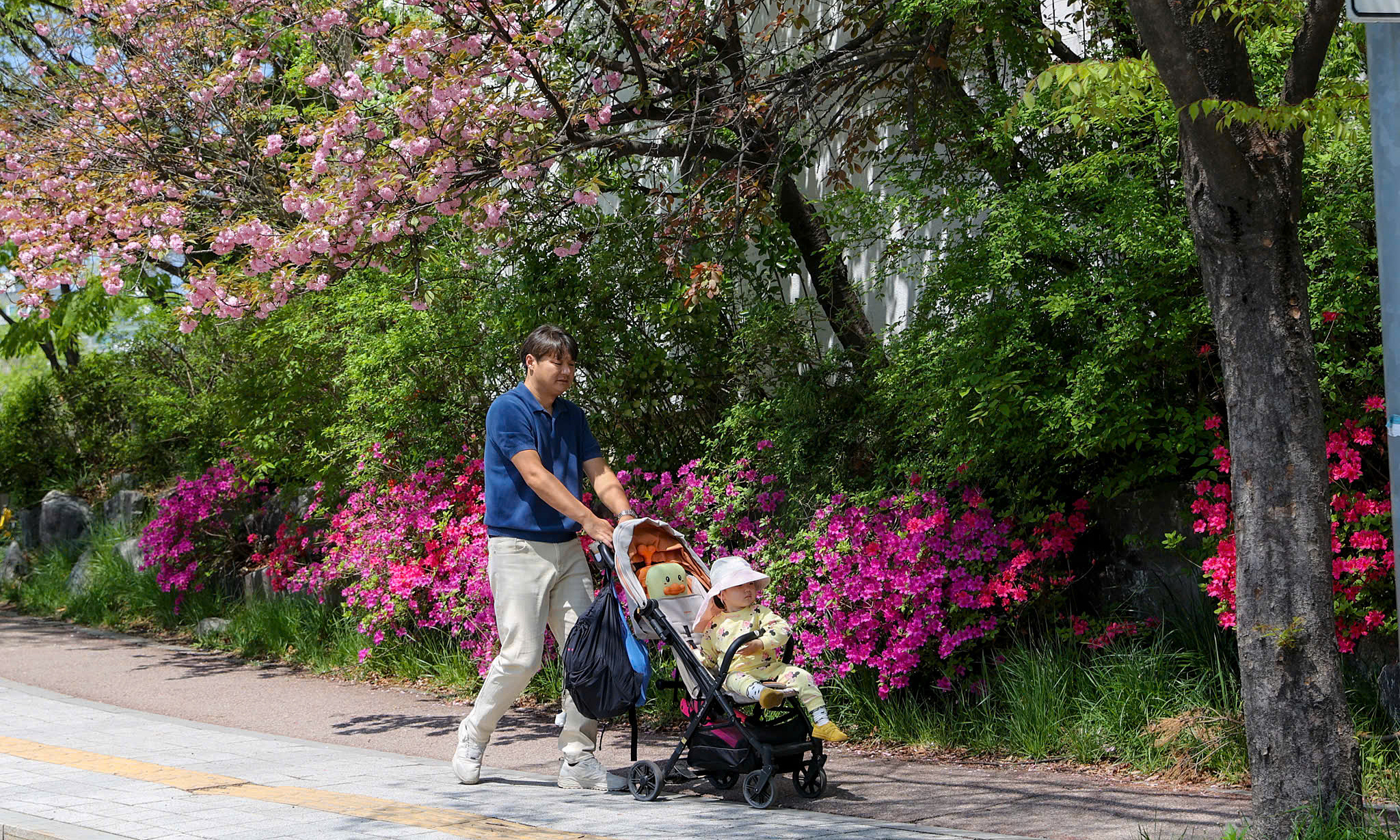South Korea’s Population Crisis: A Looming Demographic Collapse
South Korea is facing a potential demographic catastrophe that could drastically reshape its society and economy. According to a recent report by a private think tank in Seoul, the country’s population may shrink to just 15% of its current size by 2125 if current trends continue. This alarming prediction has sparked widespread concern about the long-term sustainability of South Korea’s social and economic systems.
The Korean Peninsula Population Institute for Future used a widely recognized method called the cohort component model to forecast population changes over the next century. This approach considers factors such as birth rates, death rates, and immigration patterns to project future demographics. The results are startling. In the worst-case scenario, South Korea’s population could drop to 7.53 million by 2125, which would be fewer than the current population of Seoul alone.
Even under the most optimistic projection, the population would still fall to 15.73 million—less than one-third of today’s level. The median forecast predicts a population of 11.15 million by 2125. These numbers highlight the severity of the crisis and the urgent need for action.
The report also emphasizes the rapid pace of population decline. Under the median scenario, South Korea’s population is expected to decrease by 30% by 2075, followed by an additional drop of over 50% in the following 50 years. This accelerated decline is not solely due to low birth rates but also a compounding generational effect. As each generation becomes smaller, the number of potential parents decreases, leading to a faster rate of population reduction.
By 2125, South Korea’s demographic structure is expected to shift dramatically. Once resembling a “stingray” with a broad base of younger people, the population will take on a “cobra” shape, with declining numbers across all age groups and a disproportionately aging population. One of the most concerning projections is that, in 75 years, for every 100 people of working age (ages 15 to 64), there could be 140 seniors aged 65 or older.
This demographic shift poses significant challenges for the country’s labor market, healthcare system, and social security framework. With fewer young people to support a growing elderly population, South Korea may face severe economic strain unless drastic measures are taken.
The report also included a social sentiment analysis based on around 60,000 posts from users aged 20 to 40 on the workplace app Blind. It found that younger generations now prioritize financial stability and housing over love when discussing marriage. Financial burdens are consistently cited as the main concern regarding having children, indicating a deep-seated reluctance to start families.
To address this crisis, the institute proposed several urgent policy measures. These include expanding support for childbirth and parenting, fostering a more practical work-life balance culture, raising the retirement age, promoting continued employment, and reforming immigration policy. Above all, the institute emphasized the need to restructure the economy based on productivity, moving away from a growth model dependent on population expansion.
Despite a slight increase in South Korea’s total fertility rate to 0.75 in 2024—the first rise in a decade—it remains far below the replacement level of 2.1. The average maternal age at childbirth also reached 33.7 years, among the highest in the world. These trends underscore the deep-rooted challenges facing the country’s demographic future.
South Korea’s population decline is not just a statistical projection—it is a warning call for policymakers, economists, and society as a whole. Without significant intervention, the nation may face a future where it struggles to sustain its current way of life. The time to act is now.






